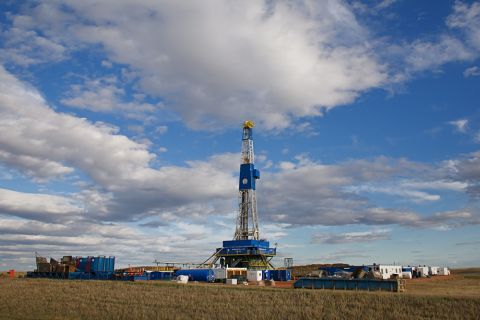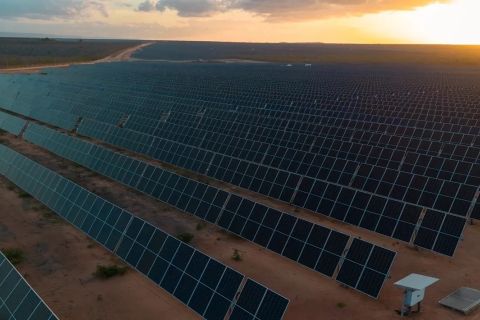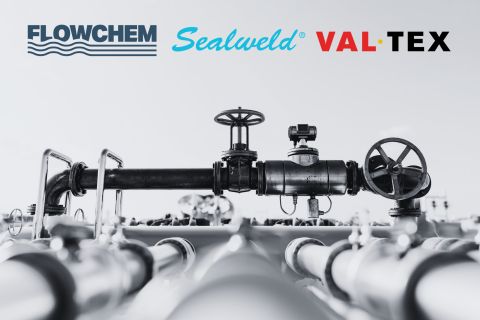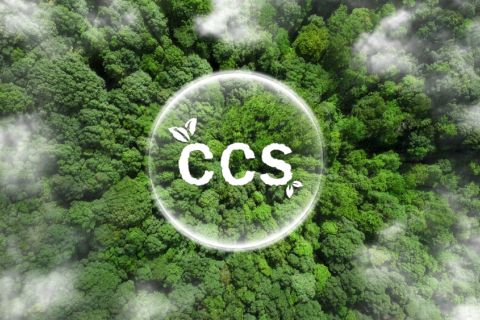In October 2010, the board of directors of Enbridge Energy Co. Inc. named Mark A. Maki as president and principal executive officer of Enbridge Energy Partners LP (EEP), and elected him to the board of directors. Maki succeeded Terry McGill as president. McGill has assumed a broader role within the Enbridge group of companies and continues as a director of EEP.
Enbridge Energy Partners LP owns and operates a diversified portfolio of crude oil and natural gas transportation systems in the U.S., primarily in the Midwest and Texas. Its principal crude oil system, Lakehead, is the largest transporter of growing oil production from western Canada, accounting for some 13% of total U.S. oil imports, while its deliveries to Ontario, Canada, satisfy about 70% of refinery demand in that region. The partnership's natural gas gathering, treating, processing and transmission assets, which are principally located onshore in the U.S. Midcontinent and Gulf Coast areas, deliver some 2 billion cubic feet of natural gas per day.
The company's current and future expansion projects include the Bakken Expansion Program, storage-capacity expansion at Cushing, natural gas processing capacity expansions in the Granite Wash, and the Haynesville System expansion, among others.
For the past eight years, Maki was vice president, finance, and principal financial officer for Enbridge Energy Management and Enbridge Energy Co. Inc. He's held various other managerial and accounting positions with the company since 1986, when he joined Enbridge's Lakehead Pipeline group. He is a member of the board of directors of the National Association of Publicly Traded Partnerships and formerly served on and chaired the Audit Subcommittee of the American Petroleum Institute.

Mark Maki, Enbridge Energy Partners’ newly minted president, has a long history in the industry, and plans to leverage that, along with new ideas, to make the most of the opportunities ahead.
MIDSTREAM: Congratulations on your promotion. When did you start with Enbridge?
MAKI: Thank you. I've been an Enbridge employee my entire career. I began working for the company in 1986 up in northern Wisconsin, where I grew up. After a number of years there, I moved to Edmonton, Alberta, and worked in the liquids pipeline division, then came to the Houston office in 2001.
MIDSTREAM: Do you plan any new business strategies or philosophies?
MAKI: I think the business strategies and philosophies that were followed by Dan Tutcher, Steve Letwin and Terry McGill are very sound and we are expecting to follow those. You may see some refinements or tweaking here and there, but, generally speaking, the plan that those guys have followed in prior years has worked very well.
MIDSTREAM: What is the latest news on your crude oil business?
MAKI: The crude oil business is a great story for us. Many people are surprised to learn that Canada is the largest source of imported crude oil into the U.S. Yes, a lot of it comes from Saudi Arabia and other locations, but Canada is No. 1. The relationship with Canada is critical to the U.S. and our pipeline system is the primary conduit for oil to find its way from western Canada into the U.S. Midwest and Ontario. We just completed a very major expansion on that system.
MIDSTREAM: How did that go?
MAKI: We spent about $4 billion building additional pipeline infrastructure in the U.S. and, as a result, we are taking a bit of a breather on the mainline system right now. But we expect activity to pick up again in the near future. When the capacity is more fully utilized, we will consider adding additional infrastructure in the appropriate places. Also, if commodity displacement occurs, where a market that historically consumed light crude now consumes heavy, we have to find a different market for the lights. Those kinds of changes can also drive additional infrastructure opportunities in our liquids segment.
MIDSTREAM: What's next?
MAKI: One area we are working on now, and that has a lot of buzz about it, is the Bakken, so we are building out our North Dakota system. We see other opportunities around the shale plays that have high liquids content. There is lots of great activity in the Eagle Ford shale. The Marcellus is another interesting area. We don't have direct assets in either of those plays now, but we are certainly looking for opportunities to get our presence in those markets. I'm sure everyone says that to you.
MIDSTREAM: Absolutely. What do you think about the Marcellus-ethane-to-Sarnia idea?
MAKI: That's an interesting idea. Certainly, the market there could use additional ethane supplies. I think that the proposals that have come out have some attraction to the Sarnia ethane consumers. That, in and of itself, though, isn't going to solve the ethane take-away problem. Sarnia isn't a big enough market. In my view, they have to find a way to get the ethane down to the Texas area, because that accounts for 80% of the ethane consumption.
MIDSTREAM: Would you consider a joint venture in the shale plays?
MAKI: Joint ventures are something the company has used in certain instances. Corporately, we've had a lot of success with joint ventures. At the partnership level, we haven't done a whole lot of it, but it is something we would definitely think about.
MIDSTREAM: Do you typically grow organically?
MAKI: We've been real successful in the past by growing organically and with acquisitions. That's a formula we will keep in the future. Right now, though, the acquisitions market has become frothy again. Assets are expensive. That makes it tough to just have an acquisition focus and be successful. We think we are well blessed with the organic growth opportunities we have in our portfolio right now, including our crude-oil mainline system and our assets in the Bakken, the Texas Panhandle, and the Anadarko and Granite Wash basins. And we have a significant presence in the Haynesville shale with our East Texas system. We have significant organic growth opportunities just around our existing assets.
MIDSTREAM: What are you looking forward to, in this business?
MAKI: Looking around North America, one nagging question in the back of my mind is, how many more of these big Bakken-type plays are out there? What is going to happen in southern California and other locations like the Permian? The producers are going back and looking at a lot of these mature reserves with new technology to redevelop them. What new technology is going to be the next big thing for these older plays? I wonder just how much infrastructure opportunity will come from these areas. There is a lot of interesting stuff going on. It is an exciting time to be in the business.
Recommended Reading
TotalEnergies, Vanguard Renewables Form RNG JV in US
2024-04-24 - Total Energies and Vanguard Renewable’s equally owned joint venture initially aims to advance 10 RNG projects into construction during the next 12 months.
M&A Spotlight Shifts from Permian to Bakken, Marcellus
2024-04-29 - Potential deals-in-waiting include the Bakken’s Grayson Mill Energy, EQT's remaining non-operated Marcellus portfolio and some Shell and BP assets in the Haynesville, Rystad said.
Equinor Brings Solar Plant Online in Brazil
2024-03-08 - Equinor says the Mendubim solar plant will produce 1.2 terawatt hours of power annually.
SCF Acquires Flowchem, Val-Tex and Sealweld
2024-03-04 - Flowchem, Val-Tex and Sealweld were formerly part of Entegris Inc.
Weyerhaeuser, Lapis Energy Enter Carbon Sequestration Exploration Pact
2024-02-29 - The exploration agreement covers 187,500 acres across three states with five potential carbon sequestration sites.





